Categories
Anticipatory Action In 2022: A Global Overview - your questions answered
The Anticipation Hub’s new report, Anticipatory Action in 2022: A Global Overview, captures the current state of anticipatory action around the world. This report was launched during Humanitarian Networks and Partnerships Week in Geneva, Switzerland. There were many questions about the report during the event, and too little time to answer them all. In this blog, the report’s authors respond to the rest of these questions.
Do the numbers in the report only refer to anticipatory action under the G7 definition (i.e., trigger-based, automated systems) or did you also consider forecast-based non-automated systems (e.g., the Start Fund’s anticipation activations)?
The report aimed to capture all structured arrangementsfor anticipatory action. This includes those in which actions are based on a forecast or predictive analyses of when and where a hazard will occur, and with the goal of reducing the predicted impacts before they occur, or before the most acute impacts are felt. In most cases – and, going forwards, ideally in all cases – these arrangements are formalized and include preagreed triggers, preagreed plans and preagreed financing.
However, there are also more informal arrangements for anticipatory action. For these, the specific actions and financing mechanism are not necessarily established in advance; however, actions are still taken based on a forecast. These informal mechanisms include approaches in which an NGO consortium (e.g., Start Network) releases funds to its members based on forecasts or predictive analyses; these members then design and implement programmes to reduce the predicted impacts of a hazard.
The report captures these more informal arrangements as well. This is because having a structured arrangement in place, whereby a forecast or predictive analyses leads to action, is at the heart of anticipatory action. As such, the report is in line with the G7 definition.
Were many of these activities [recorded in the report] undertaken in conflict environments? Which specific challenges do you see in delivering in such contexts?
The report does not provide information on which frameworks and activities were undertaken in conflict environments. However, the Anticipation Hub’s global map, which was recently relaunched, provides an indication of this; it is possible filter the active frameworks for anticipatory action by country and by hazard.
There are manifold challenges when implementing anticipatory action in fragile and conflict-affected settings. These include data availability, complex logistics, expensive operations and unintended consequences when resources are distributed. The report provides a snapshot of the current technical discussions about expanding anticipatory action to conflict settings (see pages 20 to 21). The Anticipatory Action in Conflict Practitioners Group, which is working to increase our understanding of how anticipatory action can be designed and implemented effectively in conflict situations, can provide a more in-depth understanding of these challenges.
You mentioned the actors (Red Cross Red Crescent, WFP, FAO, Start Network, OCHA, Welthungerhilfe) working in the field of anticipatory action; those are all ‘big players’ in the humanitarian sector. How can smaller, also local, NGOs and actors be included in the discussion, especially against the backdrop of the localization agenda? What are challenges to doing so?
There is a growing number of locally led anticipatory action initiatives, in which local stakeholders act ahead of a forecast under their own initiative (i.e., outside of project-based structures). These may use localized funding or have no funding at all, and are often based on local forecasts, knowledge, action and approaches.
Due to several factors, not least the informal nature of many of these initiatives, it was not possible to capture all of them in the report. We are exploring ways to do so for future reports, for example by using different data-collection strategies such as a ‘Bring your own data’ workshop at the next Global Dialogue Platform.
If you aware of any these more informal initiatives, or have ideas about for how to capture locally led anticipatory action initiatives, please contact Nikolas Scherer or Tim Woods.
Do we have data on how much investment has gone into developing systems and mechanisms for anticipatory action versus what has actually been used for ‘actual early actions’ (i.e., for the communities at risk)?
Unfortunately, there is no robust data available that captures how much money has gone into building anticipatory action systems, and how much has been used as ‘fuel money’ (i.e., the money used to implement early actions). We are looking into how we can capture such data for future editions of the overview report, while acknowledging that there are several methodological challenges to doing so.
REAP’s Finance for Early Action report shows that programmes and projects related to building anticipatory action systems are found across the humanitarian, development, disaster risk management and climate sectors. They do not necessarily share the same terminology, nor are they always labelled or ‘flagged’ as relating to anticipatory action. These complexities add to the difficulties of collecting such data. If you have an interest in working together to capture such data on building anticipatory action systems, please contact Nikolas Scherer.
Is there any evidence on the quality and effectiveness of the developed frameworks so far, and the effectiveness of activations?
The report provides a short overview of new evidence (i.e., published in 2022) about the effectiveness of past activations; see pages 18 to 19. The evidence database on the Anticipation Hub has more evidence on the quality and effectiveness of anticipatory action.
As anticipatory action is a relatively new approach, evidence from programmes and activation is, in many cases, still lacking or yet to be published. For this reason, the evidence database also includes outcomes from development, disaster risk reduction and humanitarian response interventions, which could be adapted to anticipatory contexts; these can be found using the ‘implementation context’ filter.
Expanding this database is a community effort. If you have studies or evidence to add to the database, please contact Arielle Tozier de la Poterie.
The IFRC shared excellent principles, or ‘guard rails’, for anticipatory action. Does the report, or do the presenters, have lessons on anticipatory action building blocks that should be followed so that we don’t do harm with these interventions?
The report’s main focus is to shed light on the scale of anticipatory action worldwide. It does this by taking stock of anticipatory action frameworks and activations, and by outlining major policy and thematic developments that occurred during 2022. Based on these insights, it also sets out the steps needed for the scaling up anticipatory action in the future.
The report does not, however, provide operational guidance, for example on how to ensure that anticipatory action does no harm in conflict settings. These thematic discussions, and the relevant guidance material, take place within the Anticipation Hub’s many thematic working groups, which all work on ways to expand and improve anticipatory action. For more details of these, please visit their pages on the Anticipation Hub website.
Launching the Anticipatory Action In 2022: A Global Overview report
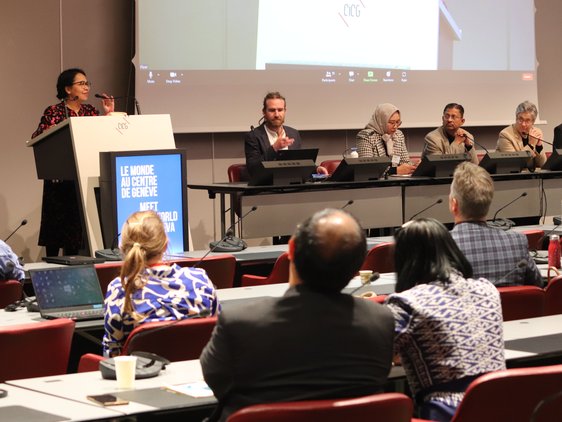
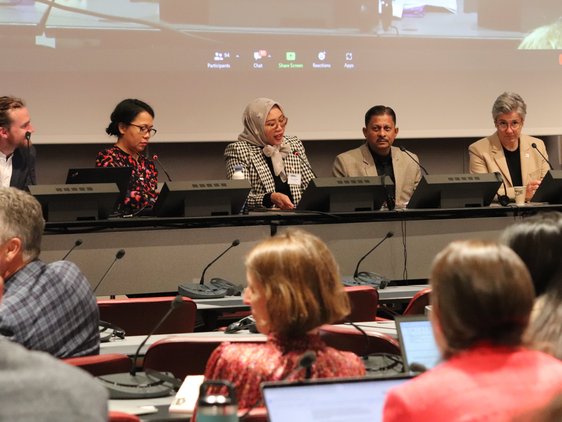
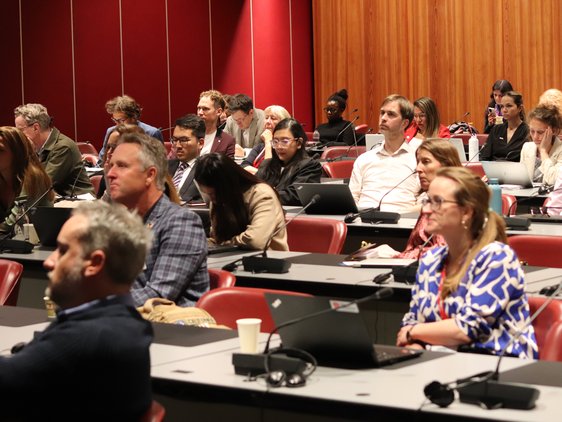
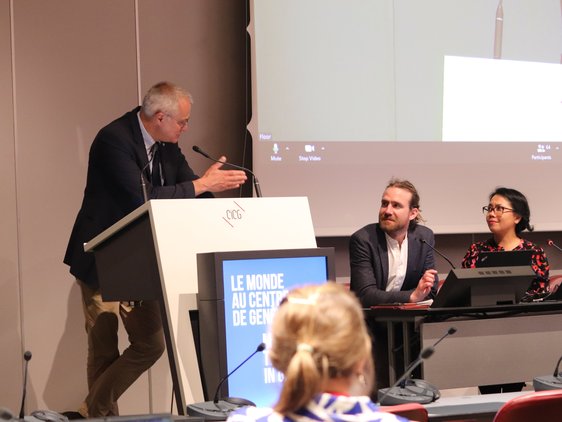
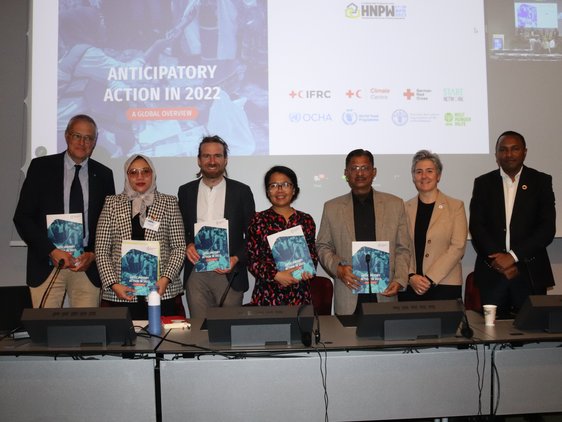

Further information
You can download the full report, as well as the data and figures within it, from the Anticipation Hub website.
You can watch a recording of the report launch on our YouTube channel.
